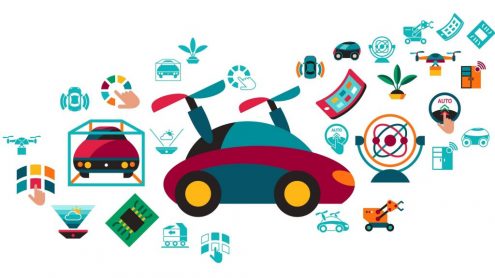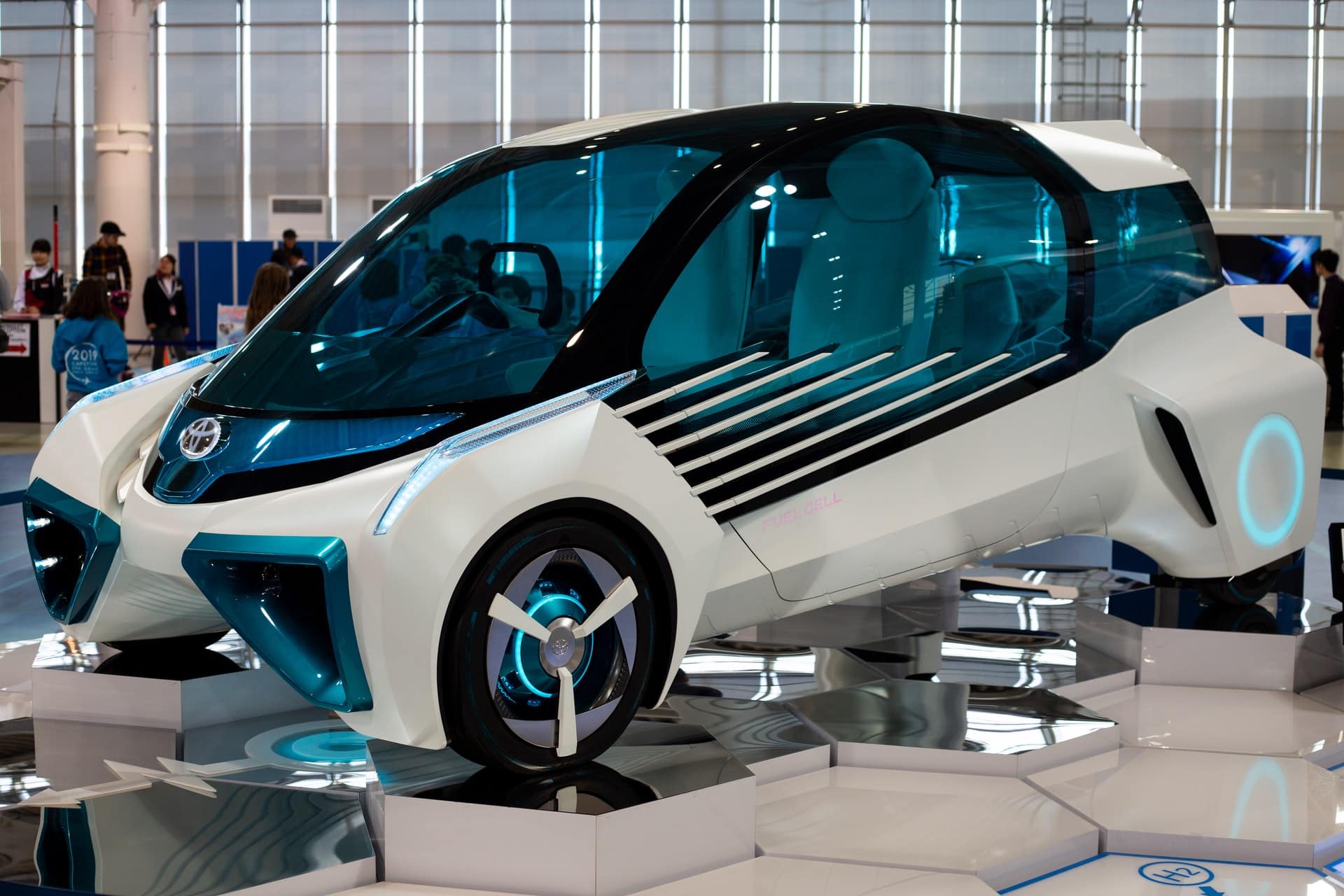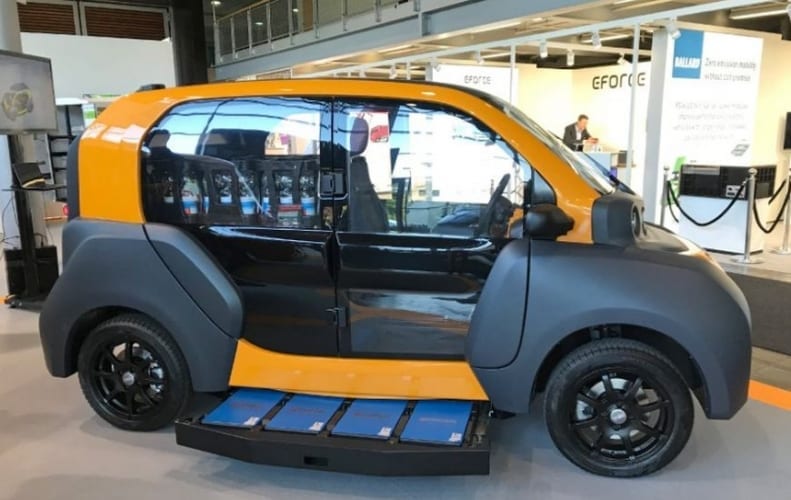
Eco Vehicles in the Developing World: Closing the Accessibility Gap
Introduction
Eco vehicles have emerged as a crucial solution to address environmental concerns and reduce carbon emissions globally. However, in the developing world, there exists an accessibility gap that hinders the widespread adoption of these vehicles. This article aims to explore the importance of closing this accessibility gap and its relevance to the developing world.
Historical Background
The development of eco vehicles in the developing world has a rich history. Over the years, significant milestones have been achieved, leading to the current state of eco vehicle technology. Governments and organizations have recognized the need for sustainable transportation solutions, resulting in the gradual growth of eco vehicles in the developing world.
Key Concepts and Definitions
To fully comprehend the topic, it is essential to define key terms. Eco vehicles refer to environmentally-friendly transportation options, such as electric vehicles or hybrid cars. The accessibility gap signifies the disparity in availability and affordability of eco vehicles in the developing world. Lastly, the developing world encompasses regions that are still progressing economically and face various challenges in infrastructure development.

Main Discussion Points
Factors contributing to the accessibility gap in the developing world include the lack of charging or refueling infrastructure for eco vehicles. Without an adequate network of charging stations or refueling facilities, it becomes challenging for individuals to access and maintain eco vehicles. Additionally, the high upfront costs of purchasing these vehicles pose a significant barrier, as they are often unaffordable for the majority of people in developing countries. Moreover, the limited availability of eco vehicle models further restricts accessibility.
Strategies for closing the accessibility gap involve government intervention and collaboration between the private sector and authorities. Governments can provide incentives and subsidies to promote eco vehicle adoption, making them more affordable for the public. Furthermore, the development of charging or refueling infrastructure is crucial to facilitate eco vehicle usage. By investing in this infrastructure, authorities can encourage people to switch to eco-friendly transportation options. Collaboration between the private sector and the government is also essential to expand the availability of eco vehicles in the developing world.
Closing the accessibility gap in the developing world yields several benefits. Increased eco vehicle adoption leads to substantial environmental advantages, such as reduced carbon emissions and improved air quality. Moreover, the shift towards eco vehicles can stimulate economic growth, benefiting local communities and industries. Furthermore, reduced pollution from eco vehicles contributes to improved public health outcomes in developing countries.
Case Studies or Examples
Real-world examples highlight successful efforts to close the accessibility gap in the developing world. Countries like India and China have implemented government initiatives and subsidies to promote eco vehicle adoption. These efforts have resulted in a significant increase in the number of eco vehicles on their roads. Additionally, various organizations and collaborations have taken place in Africa to establish charging infrastructure, allowing for the smooth operation of eco vehicles.

Current Trends or Developments
Recent trends in eco vehicle adoption and accessibility in the developing world showcase promising advancements. The costs of eco vehicles have significantly reduced, making them more accessible to a broader population. Furthermore, research findings have led to improvements in battery technology and charging infrastructure, ensuring longer driving ranges and shorter charging times for eco vehicles.
Challenges or Controversies
Closing the accessibility gap in the developing world is not without its challenges and controversies. Some critics argue that eco vehicles alone cannot effectively address environmental and accessibility issues. They believe that a holistic approach, including public transportation and alternative fuel sources, is necessary. Additionally, concerns arise regarding the environmental impact of batteries used in eco vehicles and the sustainability of their production.

Future Outlook
Closing the accessibility gap in the developing world holds immense potential for the future. As technology continues to advance, eco vehicle technology will become more affordable and efficient. Moreover, policies and regulations will evolve to support the growth of eco vehicles and sustainable transportation options. The widespread adoption of eco vehicles in the developing world will contribute significantly to reducing carbon emissions and creating a more sustainable future.
Conclusion
In conclusion, the accessibility gap for eco vehicles in the developing world demands attention and action. Addressing this gap through the implementation of strategies, collaboration, and government support is crucial for achieving sustainable transportation systems. By closing the accessibility gap, we can unlock the environmental, economic, and health benefits that eco vehicles offer in the developing world.




